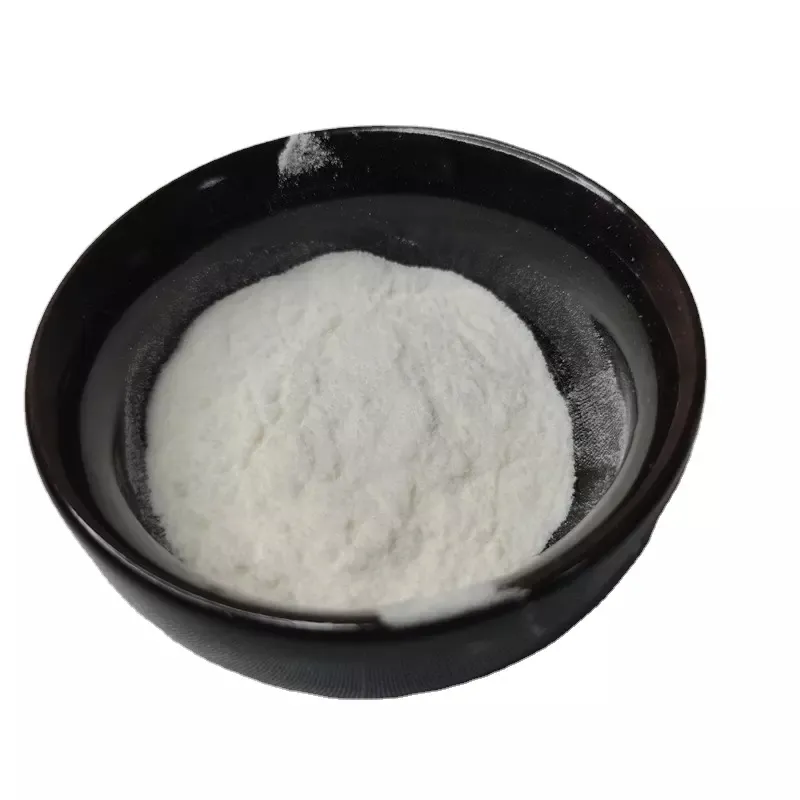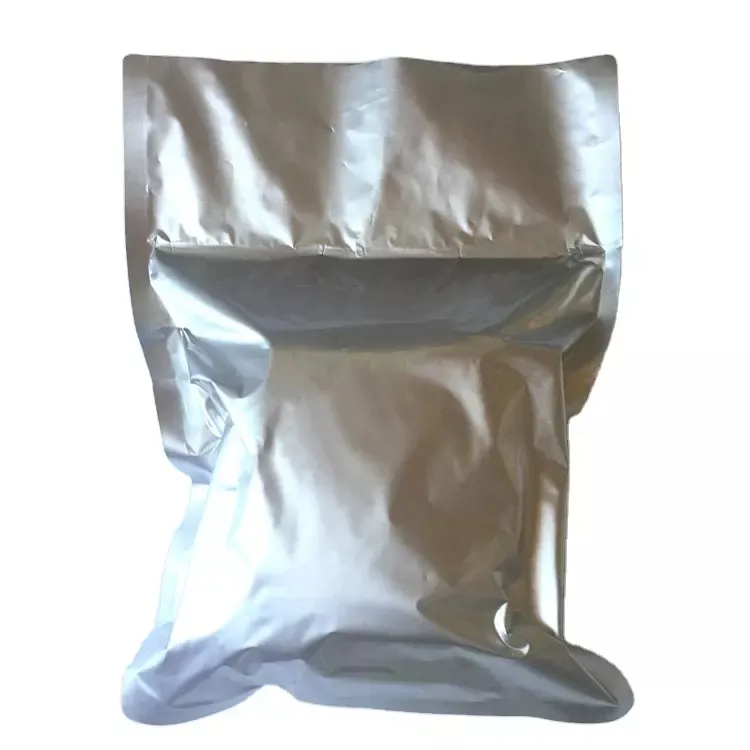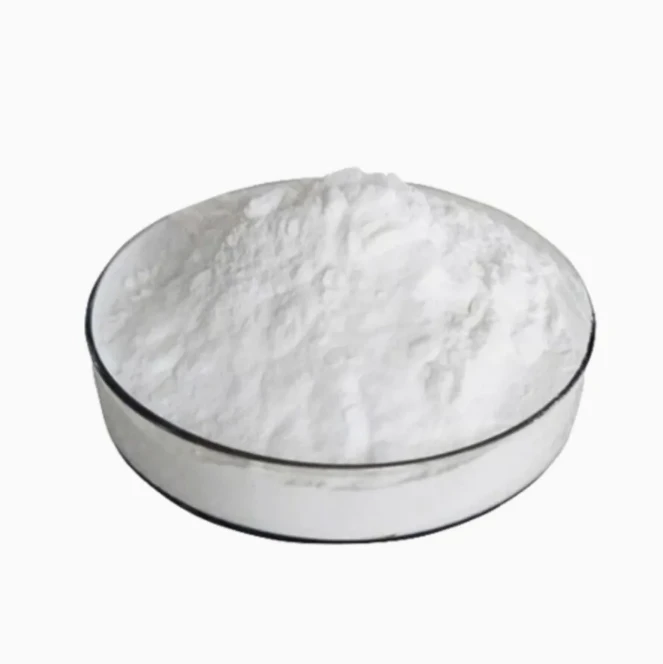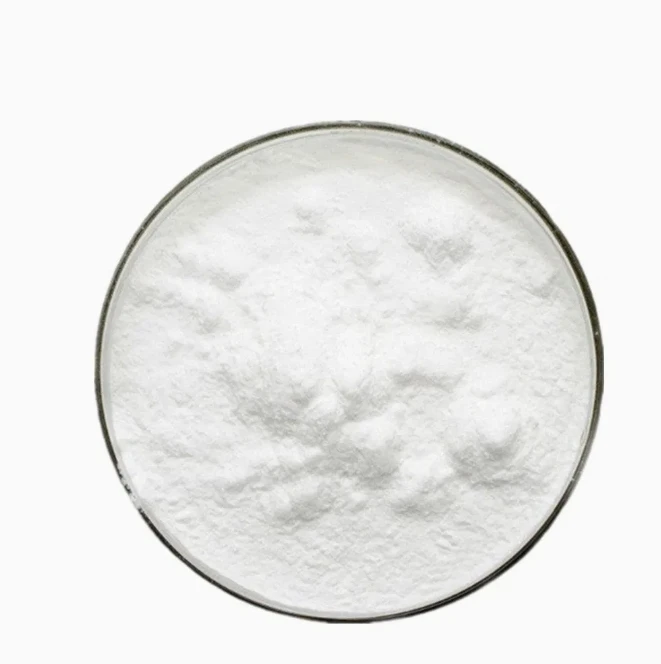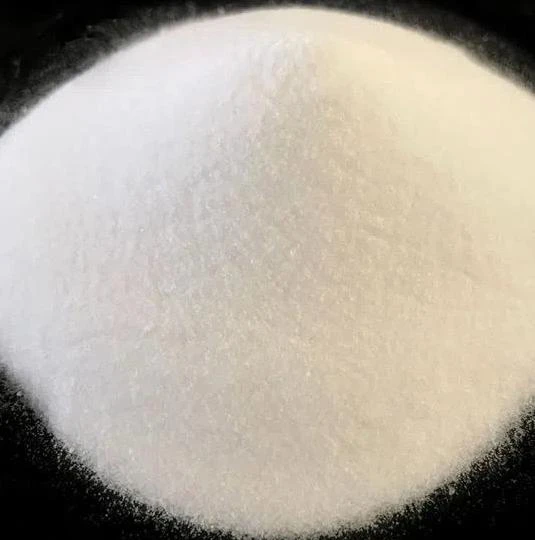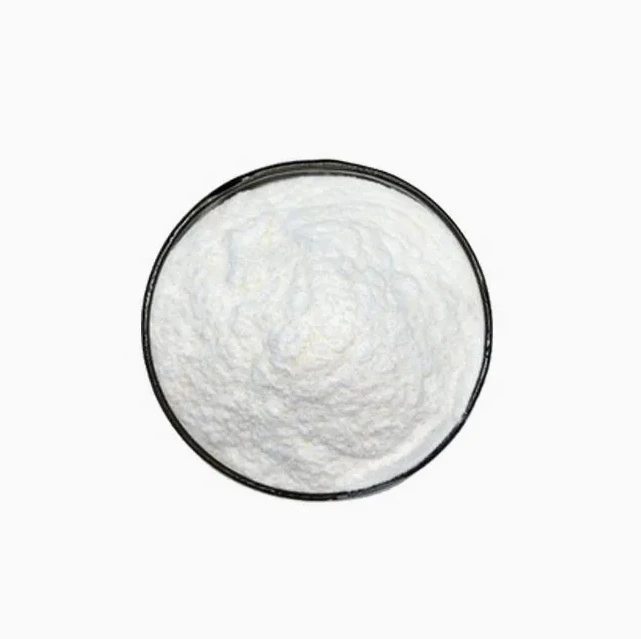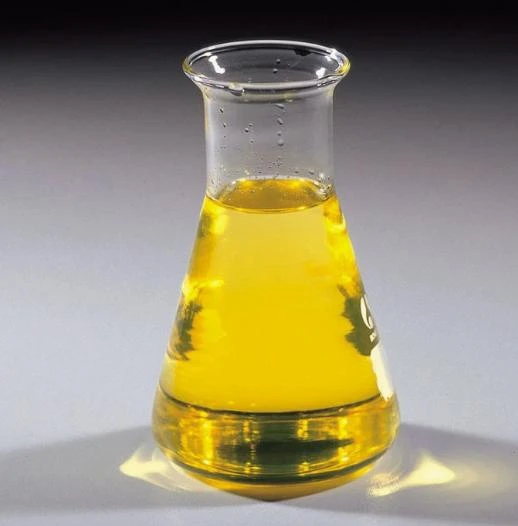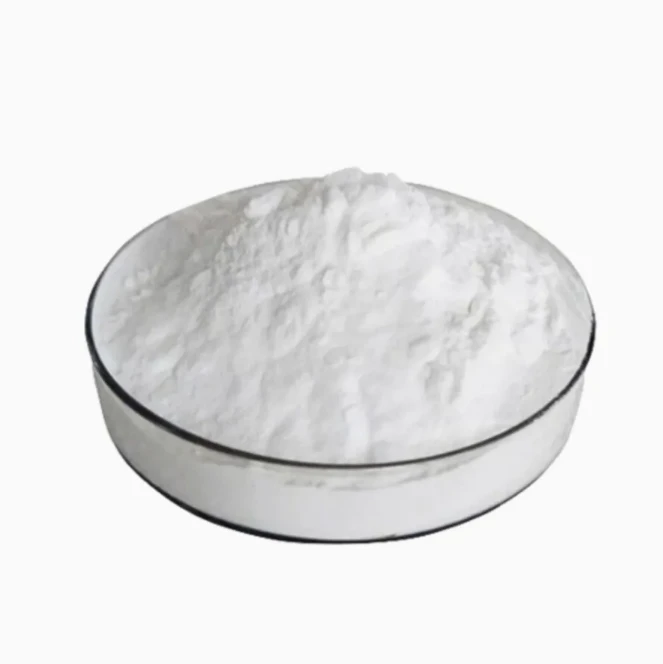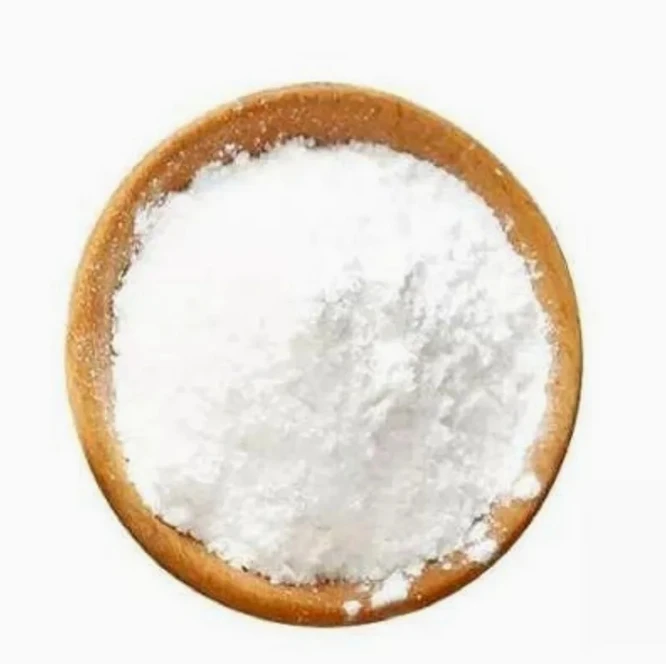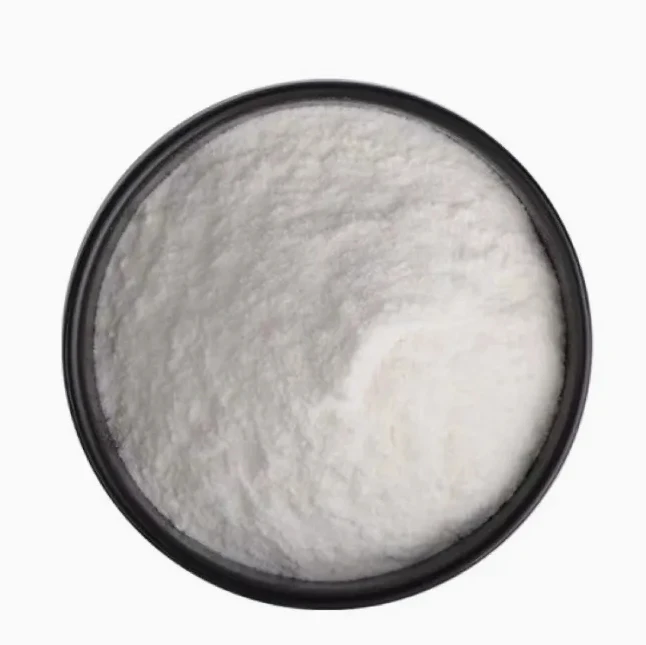 Imeri: sale@hebeidisha.com
Imeri: sale@hebeidisha.com
 Tel: +86 13315186550
Tel: +86 13315186550
- Umunyafurika
- Ikinyalubaniya
- Amharic
- Icyarabu
- Ikinyarumeniya
- Azaribayijan
- Basque
- Biyelorusiya
- Ikibengali
- Bosiniya
- Buligariya
- Igikatalani
- Cebuano
- Ubushinwa
- Ubushinwa (Tayiwani)
- Corsican
- Igikorowasiya
- Ceki
- Danemark
- Ikidage
- Icyongereza
- Esperanto
- Esitoniya
- Igifinilande
- Igifaransa
- Igifaransa
- Abagalatiya
- Jeworujiya
- Ikidage
- Ikigereki
- Gujarati
- Igikerewole
- hausa
- hawaiian
- Igiheburayo
- Oya
- Miao
- Hongiriya
- Isilande
- igbo
- Indoneziya
- irish
- Umutaliyani
- Ikiyapani
- Javanese
- Kannada
- kazakh
- Khmer
- Rwanda
- Igikoreya
- Kurdish
- Kirigizisitani
- Igituntu
- Ikilatini
- Ikilatini
- Lituwaniya
- Luxembourgish
- Abanyamakedoniya
- Malgashi
- Malayika
- Malayalam
- Maltese
- Maori
- Marathi
- Mongoliya
- Miyanimari
- Nepali
- Noruveje
- Noruveje
- Occitan
- Pashto
- Persian
- Igipolonye
- Igiporutugali
- Punjabi
- Ikinyarumaniya
- Ikirusiya
- Samoan
- Abanya-Gaelic
- Igiseribiya
- Icyongereza
- Shona
- Sindhi
- Sinhala
- Igisilovaki
- Igisiloveniya
- Somaliya
- Icyesipanyoli
- Sundanese
- Igiswahiri
- Igisuwede
- Tagalog
- Tajik
- Tamil
- Tatar
- Telugu
- Tayilande
- Turukiya
- Abanyaturukiya
- Ukraine
- Urdu
- Uighur
- Uzbek
- Abanya Vietnam
- Welsh
- Ubufasha
- Yiddish
- Yoruba
- Zulu
Lithium Hydroxid
Lithium hydroxide monohydrate can be used as a raw material for preparing lithium compounds. It can also be used in metallurgy, petroleum, glass, ceramics and other industries. Battery-grade lithium hydroxide monohydrate is mainly used in the preparation of cathode materials for lithium-ion batteries, and it can also be used as an additive for alkaline battery electrolytes. Photographic developer, preparation of lithium salt, production of alcohol to resin, catalyst. Reagent for the decomposition of oxides and silicates.
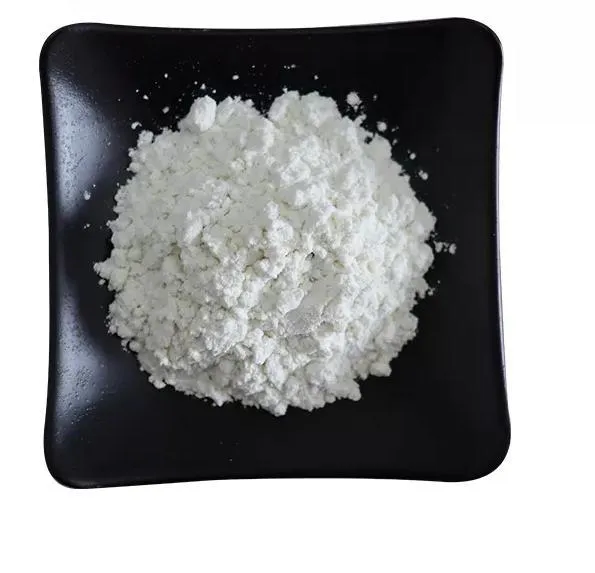
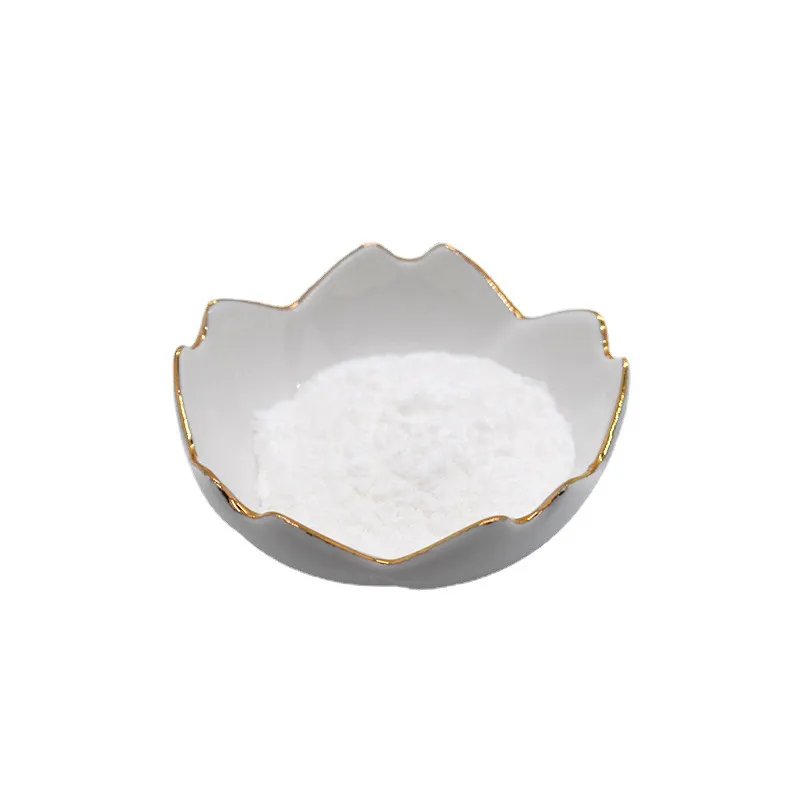


- Produce nickel-hydrogen battery, nickel-cadmium battery, lithium battery and other high-purity lithium-included compounds.
2. Used for the production of grease, alkaline batteries, corrosion-resisting zinc pigment.
3. Used as carbon dioxide absorber.
Lithium hydroxide can be used as developing agent and lubricating oil for spectral analysis. The additive of alkaline battery electrolyte can increase the electric capacity by 12% to 15% and increase the service life by 2 to 3 times.
It can be used as an absorbent for carbon dioxide and can purify the air in submarines.
The chemical equation is: 2LiOH(s)+CO2(g)=Li2CO3(s)+H2O(l).
It is used to make lithium salt and lithium-based grease, electrolyte of alkaline battery, absorption liquid of lithium bromide refrigerator, etc.; used in petroleum, chemical industry, light industry, nuclear industry, etc. When used in alkaline batteries, the aluminum content is not more than 0.06%, and the lead content is not more than 0.01%. It is used as an analytical reagent, a photographic developer, and also in the manufacture of lithium; it is used as a raw material for the preparation of lithium compounds. It can also be used in metallurgy, petroleum, glass, ceramics and other industries.
Dufite inganda nyinshi zo mu rwego rwo hejuru hamwe nubufatanye bwimbitse, zishobora kuguha ibicuruzwa byiza kandi nibiciro byapiganwa. Turashobora kandi gutanga kugabanyirizwa kugura byinshi.Kandi turafatanya namasosiyete menshi yohereza ibicuruzwa byumwuga, birashobora gutanga ibicuruzwa neza kandi neza mumaboko yawe. Igihe cyo gutanga ni iminsi 3-20 nyuma yo kwemeza ko wishyuye.
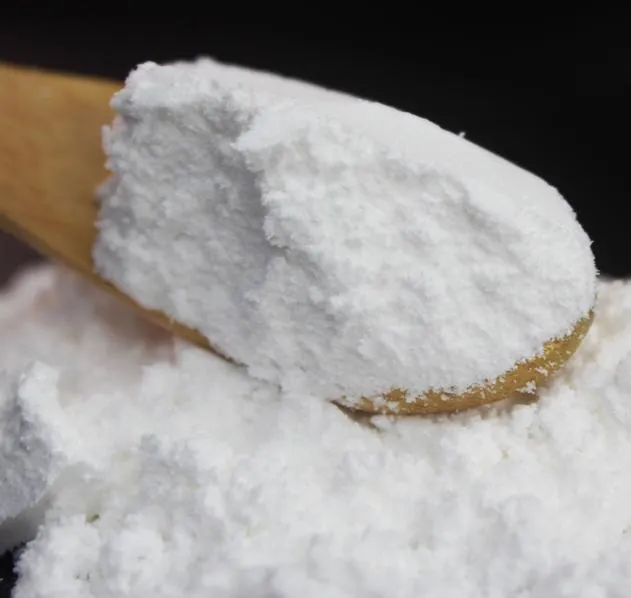
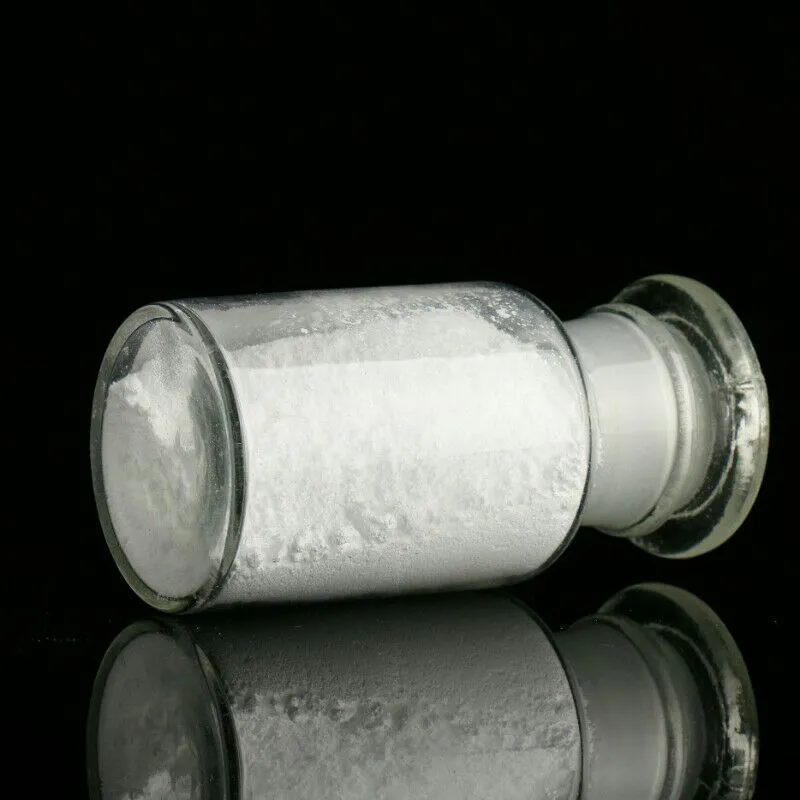


|
Parameters
|
Ibisobanuro
|
Ibisubizo
|
|
Kugaragara
|
Ifu yera
|
Hindura
|
|
Purity
|
≥99%
|
Hindura
|
|
Na
|
≤0.05%
|
Hindura
|
|
K
|
≤0.05%
|
Hindura
|
|
Ca
|
≤0.01%
|
Hindura
|
|
Fe
|
≤0.005%
|
Hindura
|
|
Cl
|
≤0.005%
|
Hindura
|
|
SO4
|
≤0.05%
|
Hindura
|
|
CO2
|
≤1.5%
|
Hindura
|
|
H2O
|
≤0.5%
|
Hindura
|
|
Umwanzuro
|
Comply to the enterprise standard
|
|
| Appearance and features | white crystal powder | molecular weight | 23.95 |
| pH(1mol/L) | 14 | Solubility | Soluble in water, slightly soluble in ethanol |
| melting point | 471.2ºC | molecular formula | LiOH |
Chemical properties
It is easy to absorb carbon dioxide and moisture in the air, but the absorption capacity is slightly worse than that of NaOH and KOH. Lithium hydroxide has the general property of alkali, and the following reactions can occur.
1. alkaline reaction
It can make purple litmus test solution blue and colorless phenolphthalein to turn red; and its concentrated solution can denature phenolphthalein after experimental verification, so that the solution changes from red to colorless (similar to concentrated NaOH).
2. neutralized with acid
HCl+LiOH=LiCl+H2O
3. Reacts with acidic oxides
2LiOH+CO2=Li2CO3+H2O (this reaction is used to absorb carbon dioxide in aerospace)
4. Reacts with metal salt solutions
FeCl3+3LiOH=Fe(OH)3↓+3LiCl
Ibyiciro byibicuruzwa
